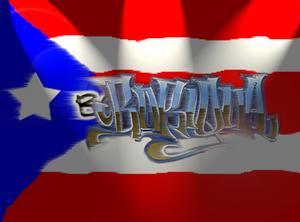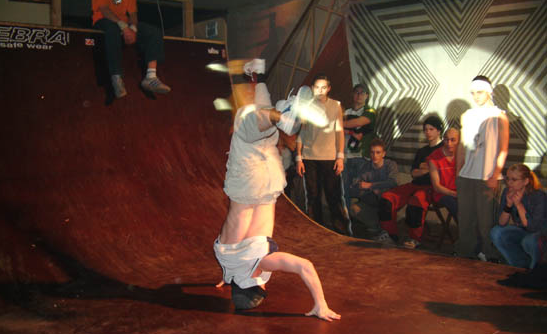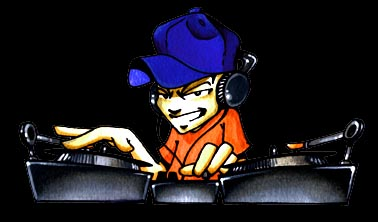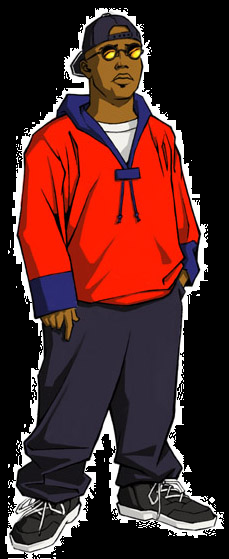Hip-Hop is an art form that includes the following elements: DJing (cutting and scratching records), MCing/rappin, graffiti art and break dancing. These elements of hip-hop originated in the South Bronx section of New York City around the mid 1970s. Hip-Hop has flourished within the subculture of Black and Puerto Rican communities in New York and is now beginning to enjoy widespread exposure. Hip hop began as an outlet for many youth to convey their feelings of alienation from mainstream society freely. The ideas of b-boys, b-girls, and hip hop people focus on the need for self definition and provide for socialization amongst this subculture. In essence, hip hop transforms feelings of alienation and defeat to the concept of self-assurance. However, many critics feel believe that Hip Hop has been one of the main contributing factors that helped curtail gang violence due to the fact that many adults found it preferable to channel their anger and aggressions into these art forms which eventually became the ultimate expression of one's self.
DJing or cutting and scratching, is the manipulation of a record over a particular groove so it produces strange sounds. This was invented by either Grand Master Flash or Grand Wizard Theodore, two popular disc jockeys from the Bronx. Herbie Hancock with his song 'Rock It' and Malcolm MacLaren's Buffalo Gals' has helped make this art form popular outside the New York City area.
Rapping as we know it today is the act of saying rhymes to the beat of music. This is also referred to as MCing or emceeing. It draws its roots from the Jamaican art form known as toasting. Artist like James Brown, The Last Poets and Gil Scott Heron along with old 'dozens' rhymes and jail house jargon passed down through the years and made popular by Black activist H.Rap Brown have helped influence rap to its present form. Rap has surfaced and resurfaced under different names down through the years within communities of this country.
Through graffiti, youth are able to express their territorial domination and allow for the artists to inscribe oppressed identities on public property (3). Many graffiti murals cover the walls of buildings throughout the streets of New York.
Break dancing is a vibrant and acrobatic style of dance which includes headspins and backspins. Break dancing traces its roots back to the African martial arts form known as capoeta. This form of fighting was employed by revolting slaves who were brought to Brazil. No one knows for sure who New York's first break dancer was, but a group of youngsters known as 'B-Boys' who were original members of an organization called Zulu Nation were the first to make it popular. Around the same time break dancing begin hitting the streets of New York, within the Black communities of California a style of dance known as Pop-Locking which includes strutting, moonwalking, waving and angular robot-like contortions of the body also began to take form. Movies such as 'Beat Street' and 'Breaking' have help this new type of dance reach the eyes of the media.





